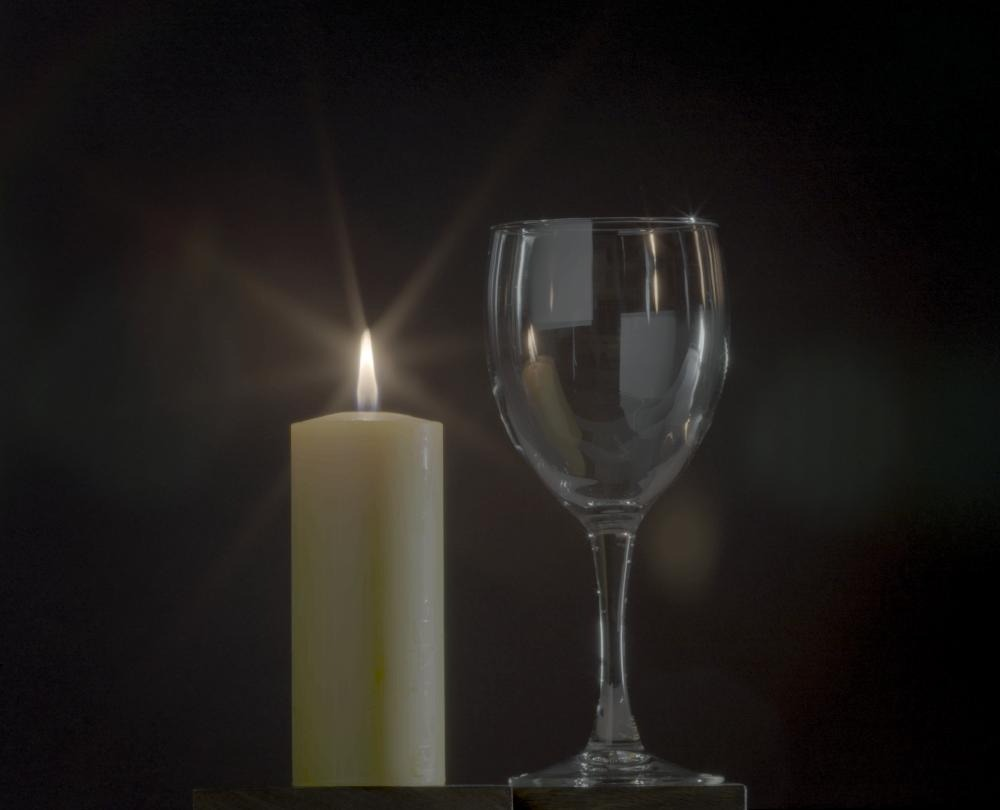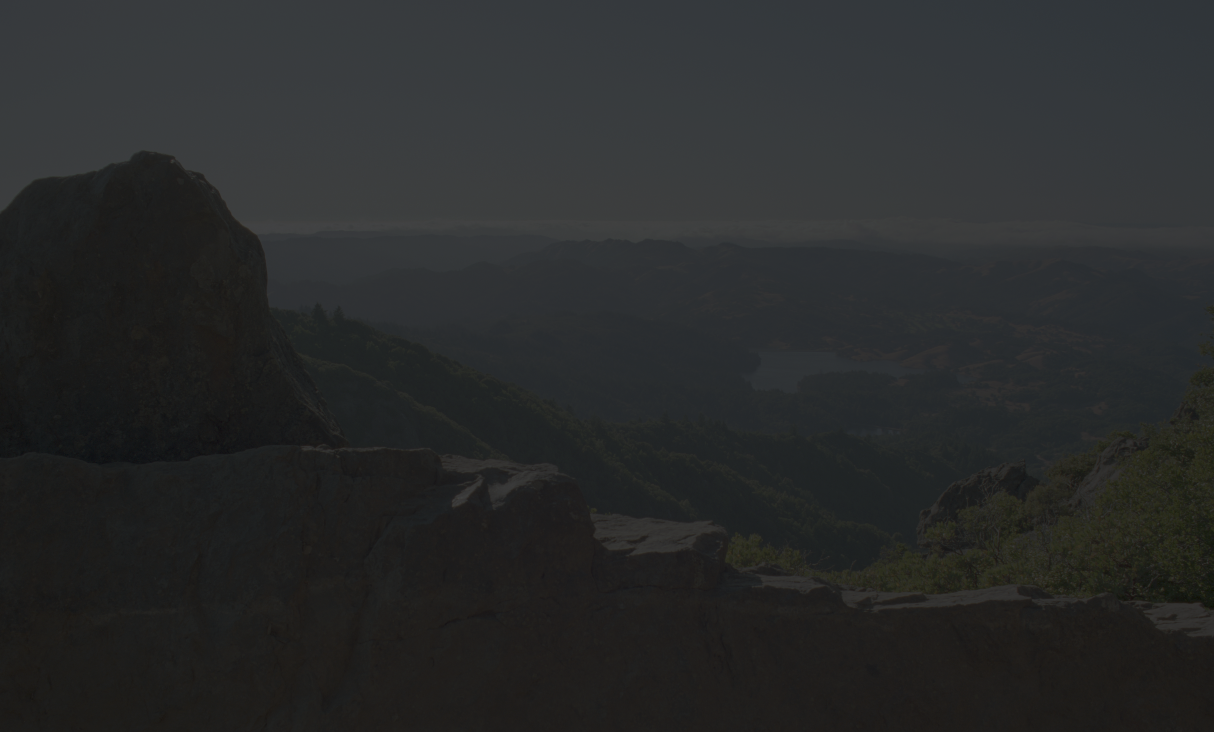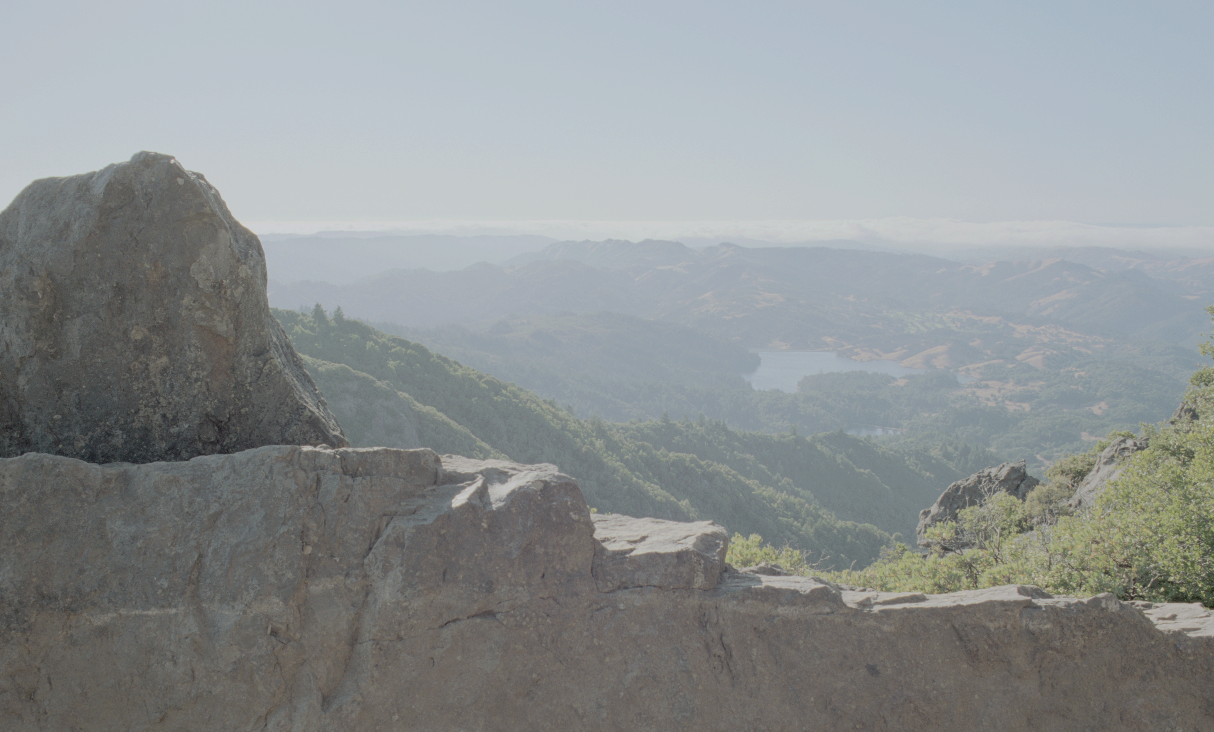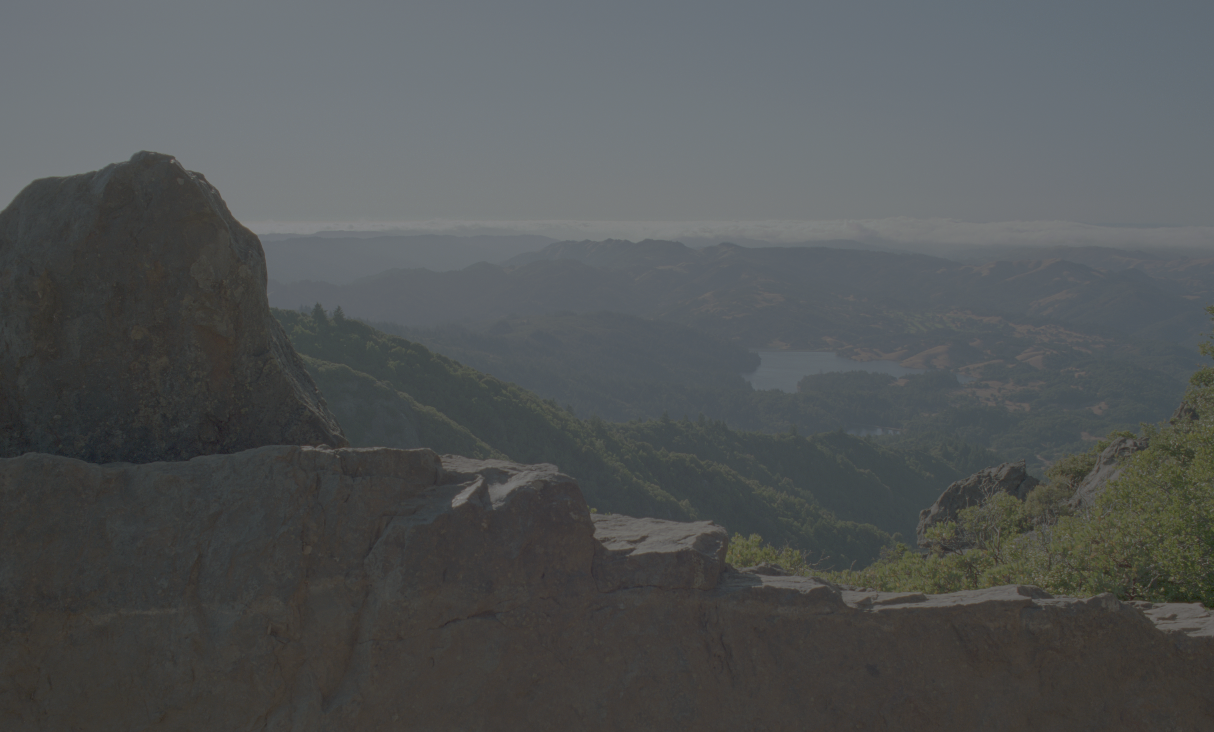- From: Richard Geldreich <rich@binomial.info>
- Date: Tue, 7 Nov 2023 16:47:53 -0500
- To: public-png@w3.org
- Message-ID: <CAMJqMUTMDZLM33_6jc=y-t+q2J8-oXaPeKkNJE+WYH2ZHHdhoQ@mail.gmail.com>
More "true" HDR ideas (which I would like to discuss next week). - "True" HDR=At least 5 bit exponents (half floats). Not sure if there is a better name. - Generally I think there's actually a huge amount of freedom in PNG to add true HDR images *without breaking backwards compatibility*. The format already supports 16-bit/components and ancillary (extension) chunks, which is crucial. - It's possible to rotate left the bits of the half-float values (as 16-bit uint's) more than once, and store the rotate amount in an ancillary chunk. Legacy PNG software sees a brighter image, and new software can undo the per-pixel bit rotation. This is entirely a lossless procedure on half-float values. - Any lossless transform on the half-float values that helps legacy PNG software retrieve a better looking LDR image is usable, as long as it's relatively simple/fast. (But which invertible function(s)?) - Non-lossless transforms that store 16-bit values may also be useful. A smart writer could choose the best transform that results in a decent looking LDR image when the high byte is fetched, but a true HDR image when the full 16-bit value is read and interpreted correctly. (This may not be lossless to half-float pixel values however, which is a very desirable property for PNG.) - Some readers may scale the full 16-bit integer to 8-bits, and not just right shift, so whatever method is used needs to work with them as well. - An ancillary chunk could hint which global tone mapping operator function to apply, and which particular parameters, so new PNG software knows what to do when the caller loads a true HDR image but actually requests a LDR image. - An ancillary chunk can also have various other hints, such as the lowest non-zero value, the largest value of any component, etc. Could also store the image's average HDR pixel color in log space - all useful for tone mapping. (Real-time video game engines use similar data to tonemap every frame.) ---------- Forwarded message --------- From: Richard Geldreich <rich@binomial.info> Date: Mon, Nov 6, 2023 at 10:37 PM Subject: Re: half-float PNG files stored as 16-bit/component images To: <public-png@w3.org> Another option is to store the half-float values as 16-bit unsigned but rotated left one bit, so the half-float sign bit (which is typically 0, and is stored in the MSB or bit position #15) becomes the LSB (bit position #0). This is a lossless operation and could be quickly undone by half-float aware PNG readers. However legacy PNG readers would get a brighter and less noisy image if they only pay attention to the upper 8-bits. This gets 5-bits of the exponent and 3 bits for the mantissa (so 4 bits total because the leading '1' bit isn't explicitly stored). I really like this option. [image: image.png] On Mon, Nov 6, 2023 at 12:27 PM Richard Geldreich <rich@binomial.info> wrote: > Hi all, > *The one core strength of the PNG image format: predictable backwards > compatibility.* If we introduce a new Colour Type value (where #7="16-bit > half float RGBA" for example), *existing PNG decoders will fail to read > half-float PNG files*. Users will then perceive PNG as an unreliable > format, which is terrible for a standard file format (if not terminal). It > could take many years for developers to add proper half-float support, and > some old libs or software will never be updated. PNG currently works > everywhere and is very reliable. > > *Crucially, Jim Blinn said years ago > <https://stackoverflow.com/questions/75772363/why-does-the-integer-representation-of-a-floating-point-number-offer-a-piecewise>* > : "*If you only deal with positive numbers, the bit pattern of a floating > point number, interpreted as an integer, gives a piecewise linear > approximation to the logarithm function*". > > This holds true for positive half floats interpreted as unsigned 16-bit > values as well. Half floats > <https://en.wikipedia.org/wiki/Half-precision_floating-point_format> are > much like 32-bit floats, just with less mantissa/exponent bits. (This is > how the BC6H/ASTC HDR GPU texture formats work internally, BTW: the half > float values are manipulated and interpolated as 16-bit unsigned integers. > BC6H/ASTC encoders work in half-float space, which is an approximation of a > logarithmic space.) > > One true HDR PNG option is to store the half-float pixel values as plain > 16-bit/component PNG Truecolour images (Colour Type=2, Bit Depth=16), with > a special new ancillary chunk that hints to the reader software that it's > actually a half-float image and not unsigned. *But crucially, what will > loaded or displayed images look like when processed by legacy PNG software? > It turns out the results are surprisingly decent.* > > Some popular PNG readers (such as stb_image.h, and mine) load > 16-bit/component images by shifting each component right by 8 bits, to > return the uppermost 8-bits (so 24 or 32 bits total for RGB/RGBA) to the > caller. In half float space, this is approximately equivalent to > floor(log2(value)*scale/256.0). *It's a built-in global tone map > operator. *The upper 8-bits contain the sign (almost always positive, so > 0), the 5-bit exponent, and the upper 2-bits of the 10-bit mantissa. > > Here's an HDR example: *candle-glass.exr*, with a max float component > value of 413.25, converted to half float. I then extracted the high 8-bits > of these half floats to make plain 24-bit images for visualization. Here's > what the result looks like (and what a 16-bit half float PNG would look > like loaded with legacy software): > > [image: image.png] > > After a histogram stretch (using Paint Shop Pro): > [image: image.png] > > Alternatively, after a quick brightness/contrast adjustment: > [image: image.png] > > This is a very simple/crude global tone map operator. The user can still > load the image with old software, they will just have to adjust the > brightness/contrast, which is probably fine for a true HDR PNG image loaded > with legacy software. > > Another example (MtTamWest.exr): > > [image: image.png] > > After quick brightness/contrast adjustment: > > [image: image.png] >
Attachments
- image/png attachment: image.png

- image/png attachment: 02-image.png

- image/png attachment: 03-image.png

- image/png attachment: 04-image.png

- image/png attachment: 05-image.png

- image/png attachment: 06-image.png

Received on Tuesday, 7 November 2023 21:48:16 UTC